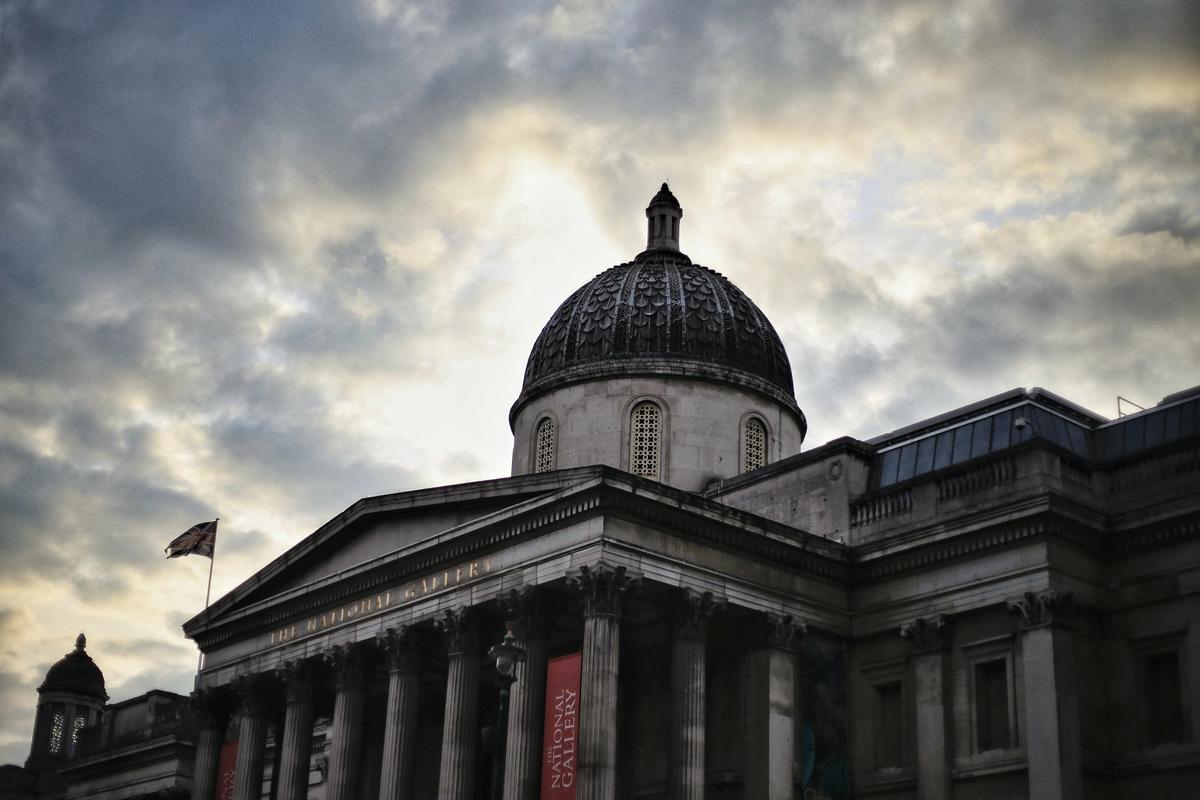On 8 July the National Gallery is to be the first major London museum to reopen, following the coronavirus closures. Opening hours will be reduced, from 11am to 4pm (until 9pm on Fridays), and it will get only a small proportion of its normal visitors.
The gallery will have been closed for an unprecedented 111 days, after shutting its doors on 18 March. Other UK national museums will reopen in the next few weeks, with Tate now due to follow on 27 July.
A National Gallery spokeswoman says that the shorter opening hours are to “minimise the health risk to visitors and staff who might otherwise have to travel on public transport at peak periods, when non-essential travel is discouraged”. The museum’s longer, pre-coronavirus opening hours would have added considerably to staff costs, but the spokeswoman says that the new timing is “zero to do with budgets”.
Visitors will need to book tickets in advance, but the gallery would not reveal how many will be available. Last July and August it had nearly 19,000 visitors a day, but with social distancing and the loss of the tourist market, most UK national museums are now expecting only around a quarter of their normal visitor numbers. Cutting opening hours, from eight to five hours a day (ten hours on Fridays), will reduce numbers further. On this basis, the National Gallery may now be welcoming roughly 3,000 visitors a day during the summer.
Low visitor numbers will put enormous financial pressure on the gallery, which until the closure self-generated half of its funds. After reopening, running costs will be similar to what they were before coronavirus.
Gabriele Finaldi, the gallery’s director, says that finances have been “very seriously affected”, with no income received during the closure and considerably reduced revenue expected after the reopening. He stresses that it is not just a problem this year, but looking further ahead with visitor numbers dropping “quite dramatically”, there will be a major impact on long-term sustainability.
The gallery is having ongoing discussions with the Department for Digital, Culture, Media and Sport about financial support. Finaldi says he looks forward to hearing the government’s response “very soon”.
When asked about the possibility of entry charges for national museums, Finaldi says that “free entry is absolutely fundamental for us”. He says: “I would be very concerned if free entry came under threat. Who knows where we will be in the future? It is one of the things that the government will have to bear in mind when it looks at how it will support the national museums.”
Visiting the National Gallery will now be a quite different experience compared with before coronavirus. Timed tickets (free for the permanent collection, priced for many temporary exhibitions) will need to be booked online. Entrance will be via the Sainsbury Wing and exit through the lower level of the main building. There will be three one-way routes through the collection, with visitors able to do all three if they wish. Two-metre social distancing will be in place, even though a “one-metre-plus” distance is expected to be introduced by the government on 4 July. Visitors will be requested to wear face masks. There will be a modest shop and a take-away café at the exit.
Newly on show at the gallery will be acquisitions by Gainsborough, Liotard and Sorolla, along with the recently conserved Van Dyck Equestrian Portrait of Charles I (about 1637-38).
Alongside the permanent collection, temporary exhibitions are to continue. Nicolaes Maes: Dutch Master of the Golden Age will run until 20 September. Titian: Love, Desire, Death is to be extended until 17 January 2021. A new date for the opening of Artemisia, the first major UK exhibition dedicated to the 17th-century painter Artemisia Gentileschi, will be announced in a few days.


